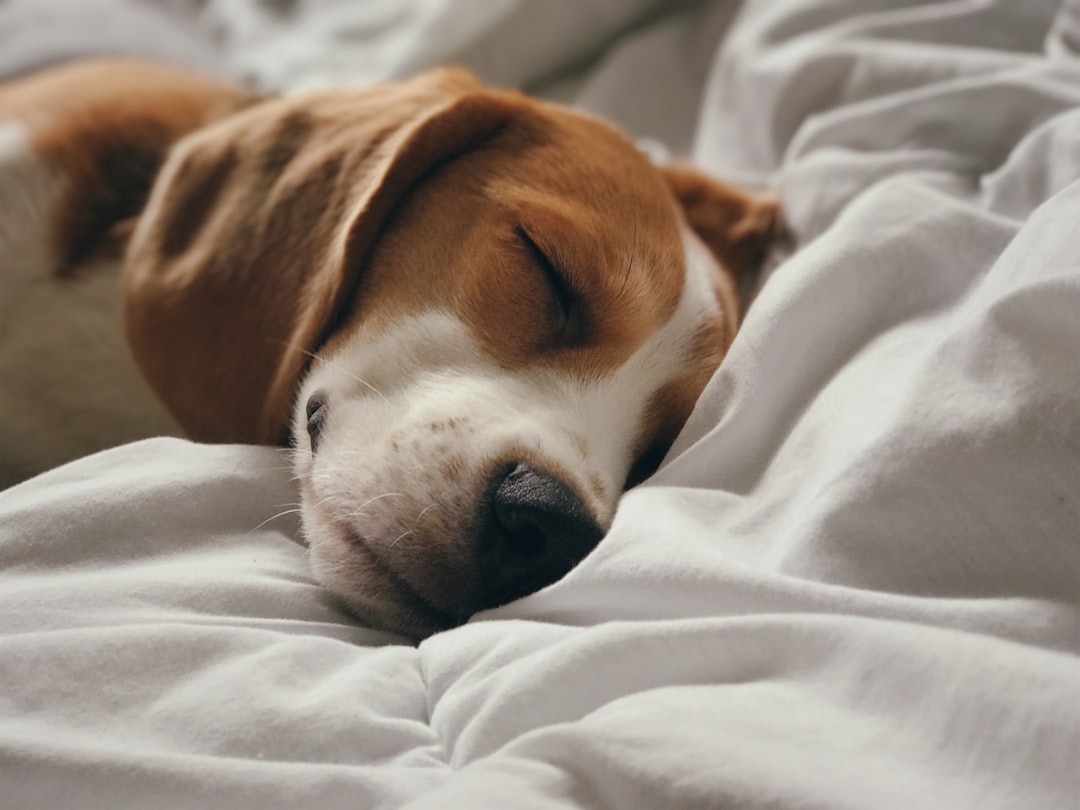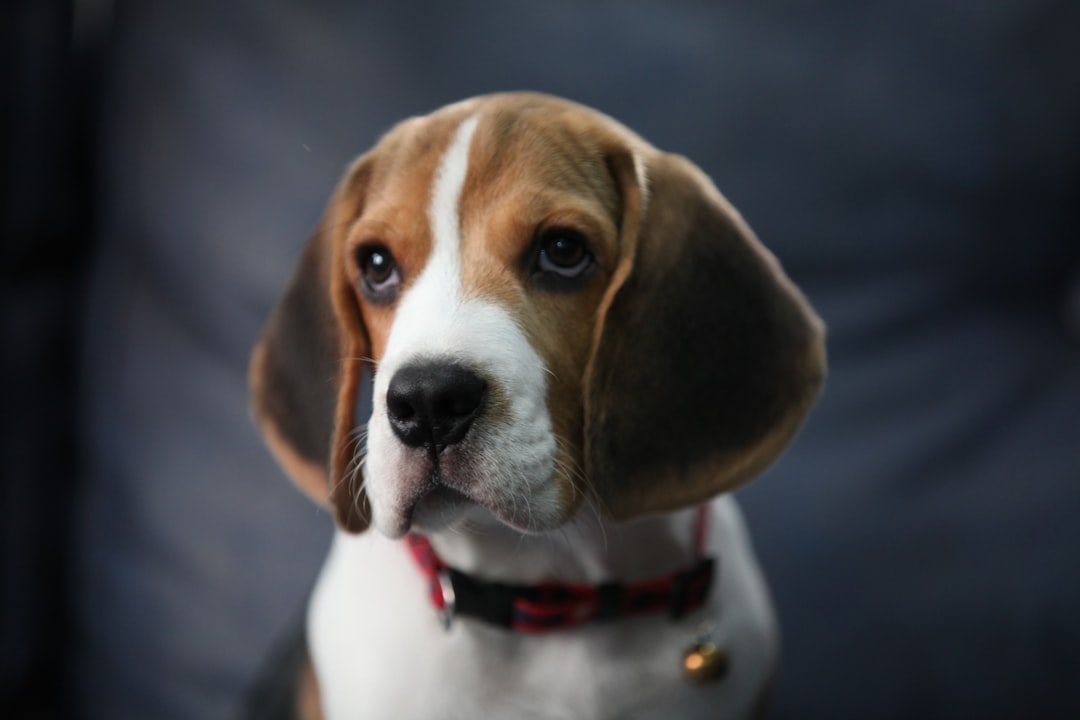Unveiling the Tale of Beagles: From Ancient Hunters to Modern Companions
The article provides a comprehensive overview of the history and origins of Beagles, highlighting their ancient lineage as hunting companions and their evolution into beloved family pets.
Beagles: An Ancient Lineage of Hunting Companions
Ancient Origins of Beagles
The origins of the Beagle breed can be traced back to ancient Greece, where their ancestors were utilized for hunting as early as the 5th century BCE. During this period, these early Beagle ancestors were highly prized for their hunting capabilities, although they did not have a formal name at that time. The development of early Beagles was influenced by the breeding of the Talbot Hound with Greyhounds in the 11th century, a significant contribution to the breed’s ancestral lineage.
 The Development of the Modern Beagle Breed
The Development of the Modern Beagle Breed
The modern Beagle breed began to take shape with the establishment of a breeding program by Reverend Phillip Honeywood in the 1830s, marking a pivotal moment in the breed’s development. This program ultimately led to the standardization of the Beagle type in the 1840s and the formation of the Beagle Club in England in 1887. Additionally, the official recognition of Beagles as a breed by the American Kennel Club (AKC) in 1884 signified their acknowledgment in the United States and on a global scale.
 Evolution of Beagles in England and America
Evolution of Beagles in England and America
The movement of Beagles to England and their breeding with Greyhounds in the 11th century significantly contributed to the evolution of the breed. Moreover, the 20th century marked a period of notable significance in the history of Beagles, with their increasing popularity in American households. Their roles as detection dogs, therapy companions, and beloved family pets have contributed to their versatile nature and widespread appeal.
Flourishing in the 19th Century and Beyond
Beagles enjoyed popularity with the English Royal Family and were selectively bred for their melodious voices, leading to the breed’s flourishing in the 19th century. General Richard Rowett of Illinois played a key role in enhancing the appearance of the Beagle by importing hounds from British packs, further enriching the breed’s lineage. Additionally, the American standard divided the breed into two varieties based on size, emphasizing the Beagle’s historical role as a hunting hound.
 Ethical Considerations and Controversies
Ethical Considerations and Controversies
The breeding of “Pocket Beagles” has sparked ethical concerns, prompting discussions about responsible breeding practices and the preservation of the Beagle breed’s integrity. Furthermore, the use of Beagles in animal testing has raised ethical controversies due to their size and passive nature, leading to debates about the treatment of animals in scientific research.
Embracing Beagles: Understanding Their Historical Significance
The historical journey of Beagles from ancient hunting dogs to cherished family pets and adaptable companions illustrates their enduring appeal and importance in society. Understanding the origins and history of Beagles is crucial in appreciating the breed’s distinctive characteristics and its diverse roles in contemporary settings.


 Book Appointment
Book Appointment